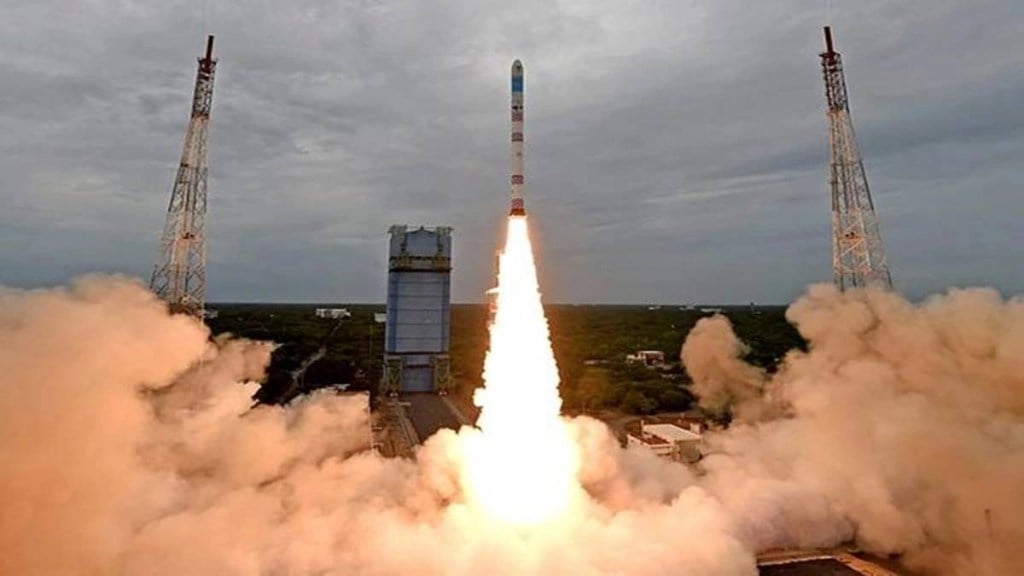Indian Space Research Organisation is in talks with the Japanese space agency JAXA on a future lunar lander mission. Called Lunar Polar Exploration or LUPEX, this mission is projected to launch later in the decade.
LUPEX represents an exciting opportunity for India and Japan to combine their expertise and resources in exploring the lunar surface. The mission aims to study the Moon’s polar regions which hold great scientific value and potential resources. By collaborating on LUPEX, ISRO and JAXA can jointly contribute to advancing our understanding of the Moon’s geology, composition, and potential for future human exploration.
A Cosmic Partnership:
Last week Indian Ambassador to Japan Sibi George visited JAXA Tsukuba Space Center and held discussions with Dr Yamakawa Hiroshi, President JAXA. Based on the information in the public domain, discussions were focused on the ongoing projects on lunar exploration, navigation, and exploring potential of the two countries collaborating in the space sector.
Recognizing the immense scientific and commercial potential of lunar missions, both countries are eager to combine their knowledge, skills, and resources to accelerate progress in this domain. The establishment of a lunar base, sample return missions, and robotic exploration are among the ambitious goals that collaboration can help achieve.
“Collaborative efforts can lead to accelerated progress in understanding the Moon’s geology, resources, and potential for future human missions,” explained a top diplomat who wished to remain anonymous.
Navigating the Stars
Navigation is another crucial aspect of space exploration, and enables precise positioning and guidance of spacecraft. Working jointly in navigation technology can improve mission success rates, enhance spacecraft autonomy, and support more complex missions, such as interplanetary exploration.
The discussions on potential collaboration in the space sector highlight the willingness of both countries to strengthen their partnership and share expertise. By pooling their resources, India and Japan can jointly develop advanced technologies, conduct joint missions, and explore new frontiers in space. This collaboration can extend beyond lunar exploration and navigation, encompassing satellite development, Earth observation, space science, and satellite applications for societal benefits.
The outcomes of these discussions and potential collaborative projects hold the promise of significant advancements in space science and technology, opening up new opportunities for both countries and contributing to the global space community.
The two countries can also share their knowledge and experience in satellite design, development, and launch. Collaborative satellite missions could be undertaken to address common objectives such as climate monitoring, disaster management, and telecommunications.
Earth Observation: Space agencies of both countries can work jointly on Earth observation missions to enhance the monitoring of natural resources, weather patterns, and environmental changes.
Space Science Missions: Joint exploration missions to study celestial bodies, planetary science, and deep space phenomena can be pursued. And can together conduct cutting-edge research that can be shared with the global space community.
Human Spaceflight: The two countries can explore opportunities for cooperation in human spaceflight programs, such as sharing knowledge, training resources, and technological advancements. Collaboration in this area can pave the way for future joint manned missions and the exchange of astronauts.
Space Technology Development: ISRO and JAXA can engage in joint research and development of advanced space technologies, including propulsion systems, robotics, navigation, and satellite communication. Joint projects and knowledge-sharing initiatives can accelerate technological advancements and mutual capabilities.

